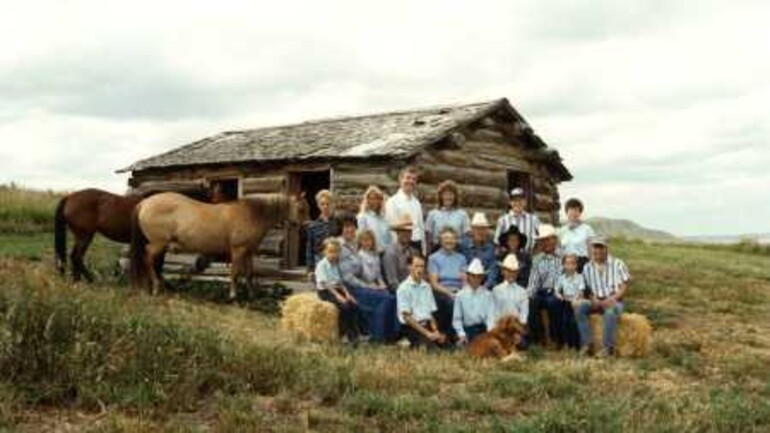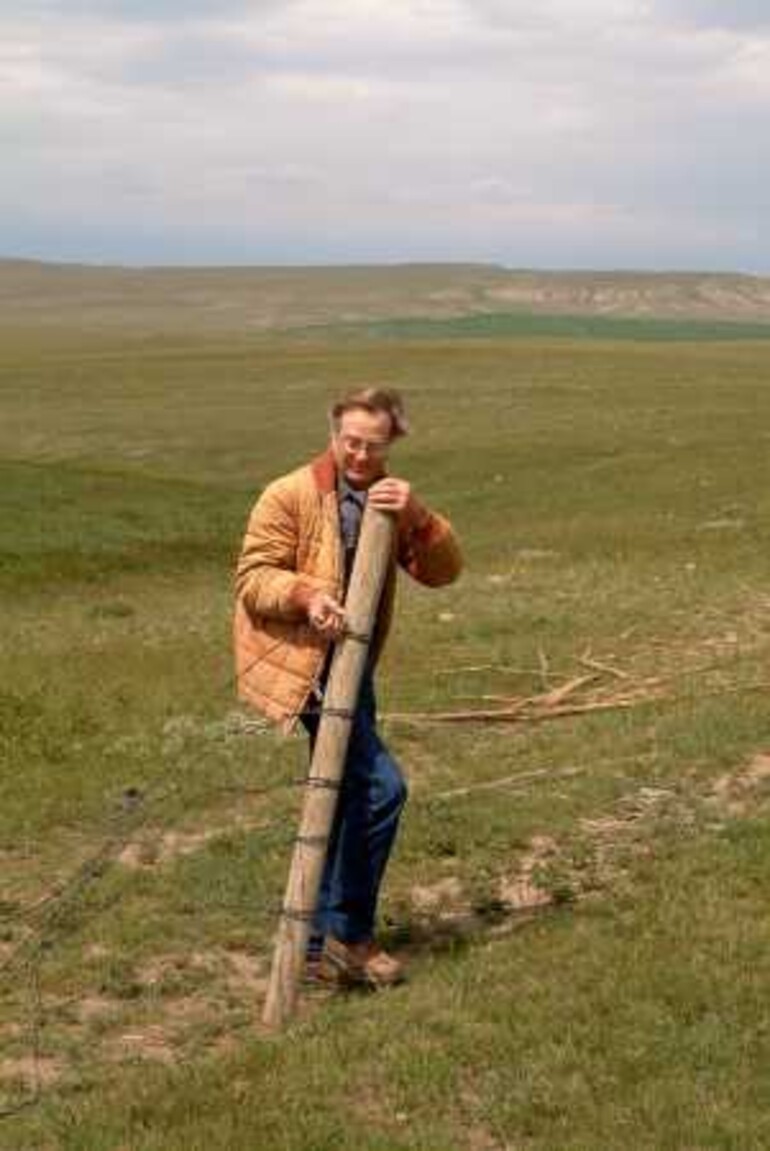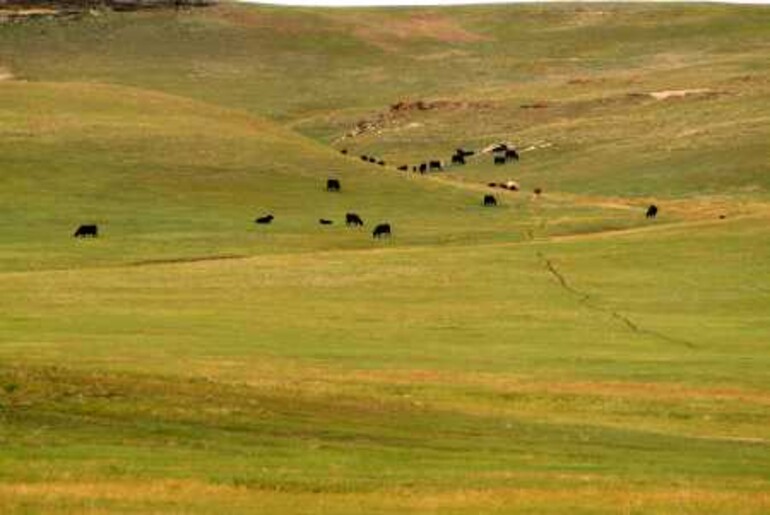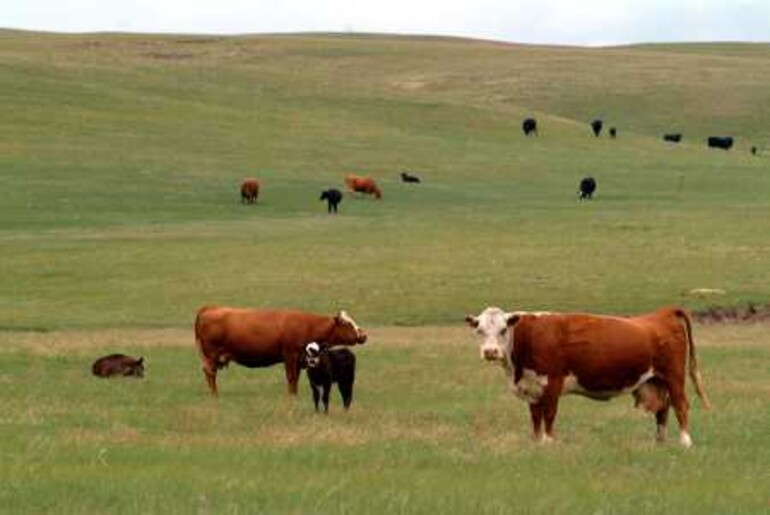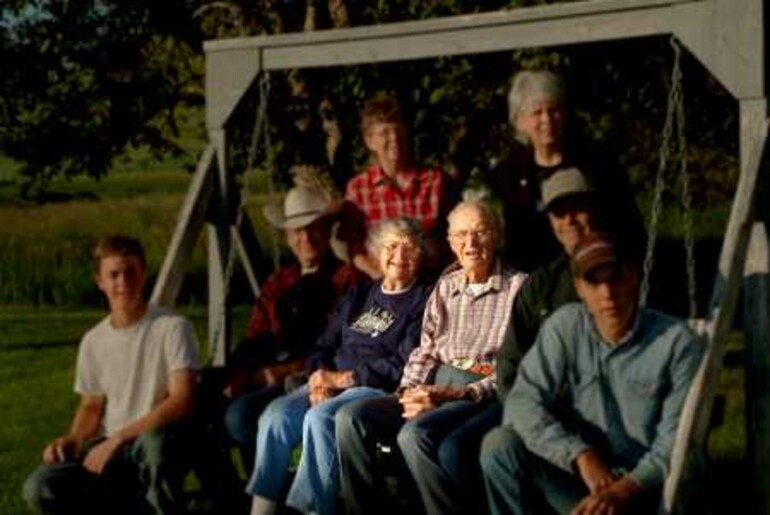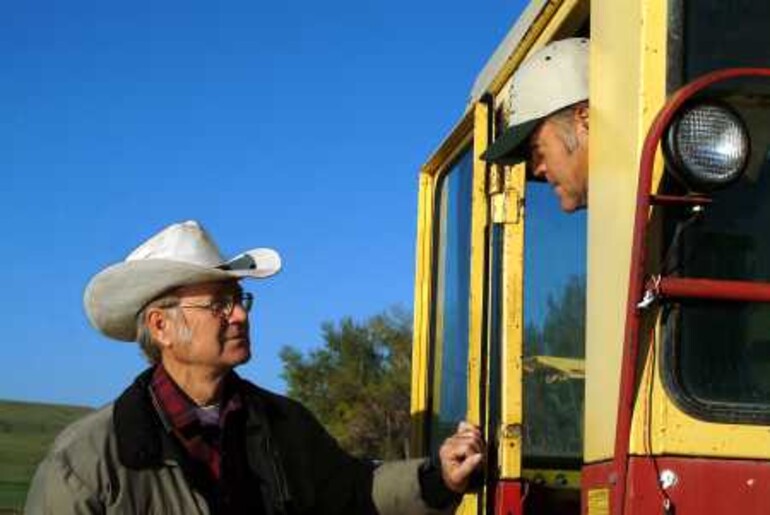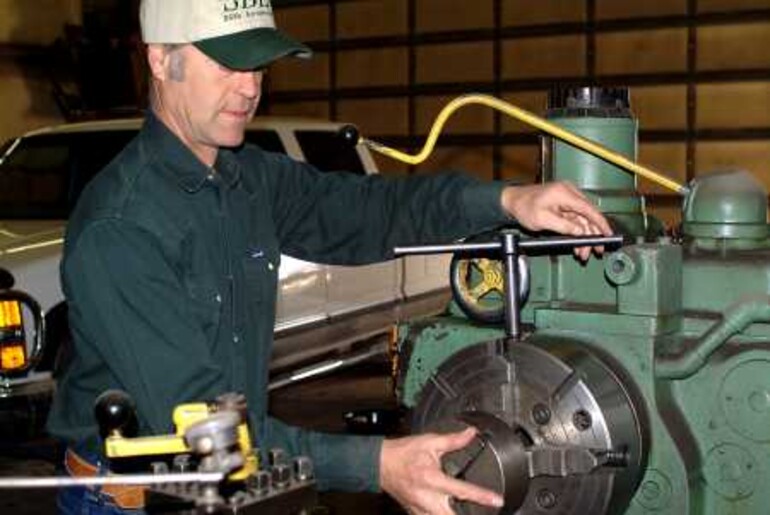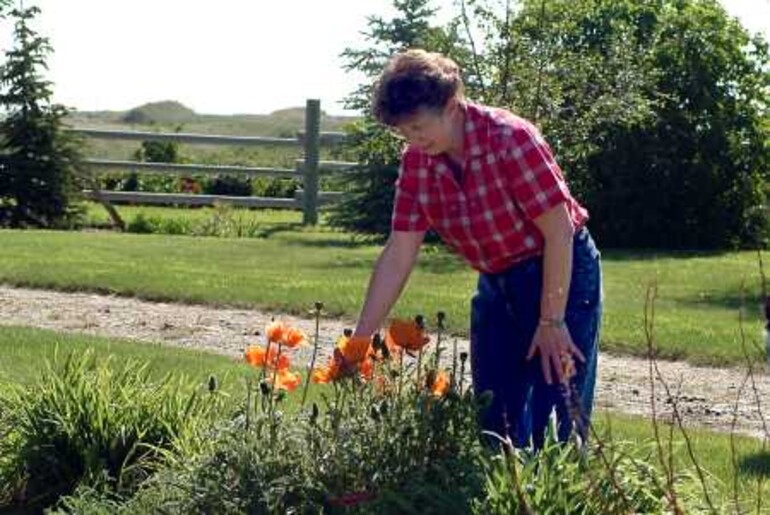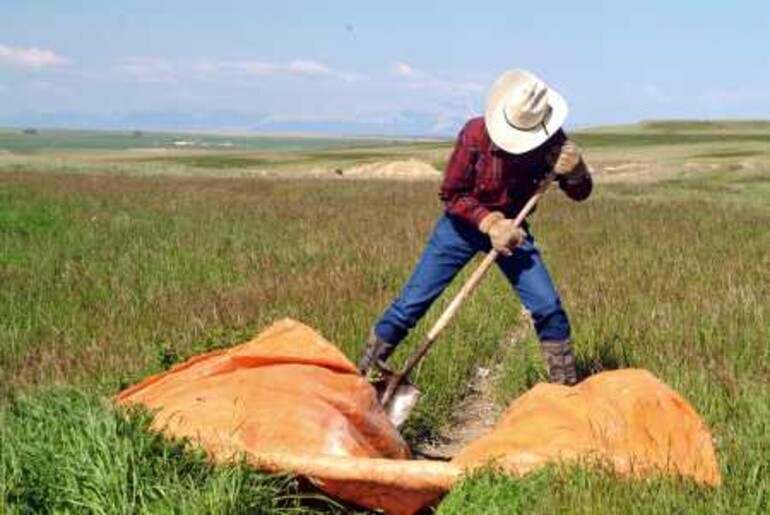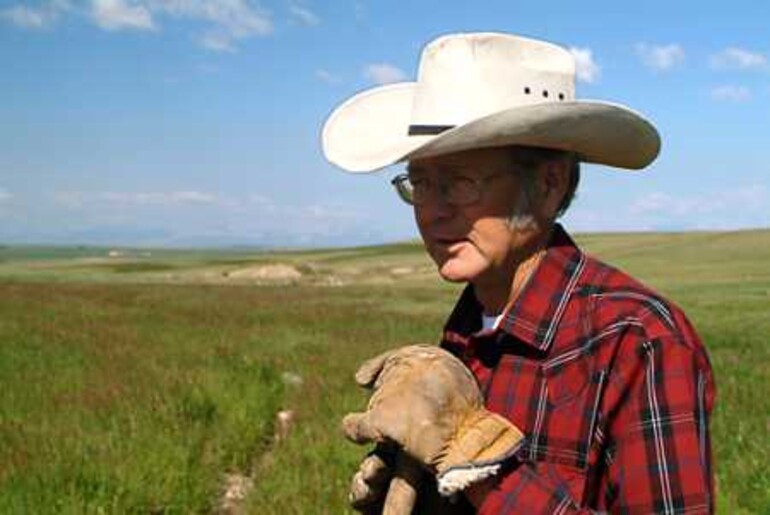Ranch land borders the eastern slope of Montana's Rocky Mountains. It's a big land with big skies and deep coulees. It’s a dry land of rolling prairie sparsely populated by individuals with roots deeply planted in its rocky soil.
The Harris family moved near the prairie town of Fairfield, Montana, in 1902. When Dick Harris was born in 1912, it was still the frontier. Even though he went to school only through the eighth grade, he thought it was enough at the time. As he grew up, he had been on the prairie so much that he did not know how to talk with women, did not know how to act around them and was afraid to meet them. “We were simply not civilized,” he says.
A neighboring rancher hired a sheepherder who was a retired missionary to Africa. This fascinating storyteller captured Dick's interest each day and always gave him a pamphlet after their visits. These pamphlets contained sermons on the prophecies of Daniel and Revelation, the second coming of Jesus, death, Satan and the seventh-day Sabbath. “Reading those pamphlets changed my outlook on life completely,” Dick says. When he was 23, he was baptized, and then, he says, he started to become "civilized."
One day the principal of Mt. Ellis Academy (MEA) told Dick that he would work it out so that Dick could graduate in three years if he enrolled. Dick took him up on the offer and graduated in 1938. He went on to study at Walla Walla College (WWC) for two quarters before coming back to the ranching life.
Betty Duffy lived on a ranch with her folks about 30 miles from Lewistown, Montana. When it came time for her to go to high school, the family either had to move to town or she would have to board, so she went to Great Falls to live with her Adventist grandmother. On Sabbath, Dick would drive about 30 miles to the nearest Adventist church, which was in Great Falls, and there Dick and Betty met and fell in love. His car didn’t have a heater, so they decided to get married before winter set in. They married in September 1940.
Dick filed for a homestead overlooking Freezeout Lake and built a cabin. Realizing that he could not make a living on the acreage of one homestead, Dick started buying land as it became available—some for a dollar an acre—and built his ranch a piece at a time over a number of years. They raised sheep and cattle and sold the lambs and calves for cash, but even at a dollar an acre it was a struggle to pay for the land. “In spite of lack of money, we had gardens and lived pretty well,” Dick remembers.
Dick and Betty believed in Adventist education and sponsored a one-room school on their ranch for their children, Phil, Wesley, Keith and Louella. The school usually had six to eight students, including cousins, the teacher’s child and other Adventist kids. Phil still believes that they got just as good an education as at any place else.
That must have been the case because all of them graduated from MEA. Dick says, “Because I took the principal’s offer to go to Mt. Ellis and got through in three years, even though I was 23 years old, my experience at Mt. Ellis was impressive enough that I sent my kids there—all of them. The way it worked out and the way they put up with me, I got a Christian education, and I am glad I did.” Sadly, Wesley was killed in an airplane crash when he was 22. The other three went on to graduate from WWC.
Phil, Keith and Louella met their spouses (all Gem State Adventist Academy alumni) at WWC, and they in turn sent their children to MEA, with the exception of one who went to Upper Columbia Academy.
Arlene, Phil’s wife, says, “One blessing that God has given to this ranch is that we have been able to educate our kids, and our kids have been our priority."
For each of the last 20 years, a Harris family member has attended MEA. Denver, Phil and Arlene’s youngest child, was the last of this third generation to graduate when he finished his studies this year.
Phil, who graduated with a business degree, says that the only thing he ever had any interest in doing was ranching, and he made that decision when he was 5 years old.
Keith jokes that he is a rancher because he did not have anything else to do but adds that everything he studied for his industrial arts degree he uses on the ranch. “We are sometimes accused of being workaholics, but all we are doing is out there playing all day,” Keith says.
Gayle, Keith’s wife, echoes her husband's sentiment. “We don’t need to go on vacation because we are on vacation all the time,” she says with a twinkle in her eye.
In addition to their lives on the ranch, Arlene and Gayle own Superior Business Equipment, an office-machine business in Great Falls that provides sales and service in north-central Montana.
Phil and Keith work the ranch themselves with their own machinery. They do all of the repair work themselves and have taught mechanical skills to their sons. The ranch’s money-producing crops include calves, wheat and hay.
One of the reasons that they have been able to stay in business is that their children started working at a young age. Keith and Gayle’s youngest child, Eric, joshes, “I could adapt to slave labor—I’ve gotten used to it.”
“They know that they are needed and important, and it is important for a kid to be able to contribute something to the family,” Gayle explains.
In addition to raising their four sons, Phil and Arlene have extended their sense of family to troubled kids. They provided a home for the very first Project Patch kid before there was the Project Patch Ranch and have kept about a dozen of them through the years. Keith and Gayle have also sheltered several kids. When Arlene asked these kids about the difference between their families and hers, their answer was unanimous: "You sit down at a table and eat meals together." This was something these kids had never done, and it meant a lot to them.
In the end, Arlene and the rest of this multigenerational family with big hearts just thank the Lord every single day from sunup to sundown for the chance to carve their own lives into the rolling hills under His big, blue sky.





